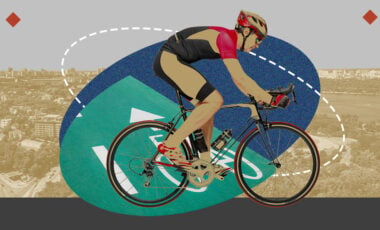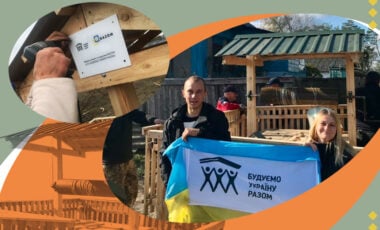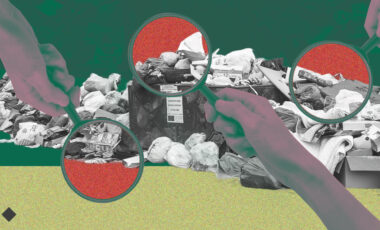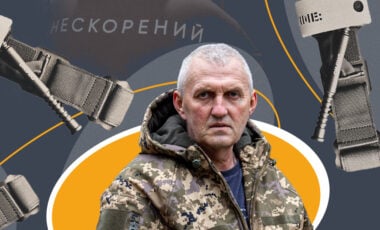School in Kyiv region opens 1,000-square-meter anti-radiation shelter
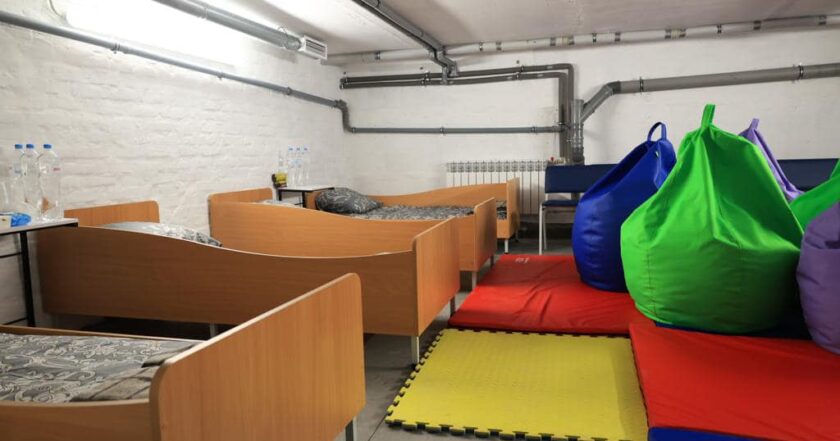
Photo: Facebook / Ruslan Kravchenko, head of the Kyiv Regional State Administration
In the village of Novosilky, Kyiv region, a fully renovated anti-radiation shelter has been unveiled at the local lyceum.
The shelter underwent extensive repairs over four months, covering an area of almost 1075 square meters, Rubryka reports, citing Ruslan Kravchenko, the head of the Kyiv regional military administration.
What's the problem?
The most effective protection against various threats, including the ongoing over-a-year-and-a-half war against Ukraine, includes anti-radiation shelters and covers.
While some schools may have been equipped with such shelters during construction, especially in areas near nuclear power plants or chemical facilities, there aren't many of them.
Considering that Russian occupation forces seized the Zaporizhzhia nuclear power plant since the beginning of the full-scale war, the risk of radiation exposure remains imminent. Russian forces could provoke incidents, as seen with the explosion at the Kakhovka hydroelectric power plant in June this year.
What's the solution?
A refurbished anti-radiation shelter, renovated over four months, has been opened at the "Erudit" lyceum in Novosilky.
The Lyceum was built back in 1985, providing secondary education to over 1200 students who attend classes in two shifts. The shelter can accommodate 590 people simultaneously.
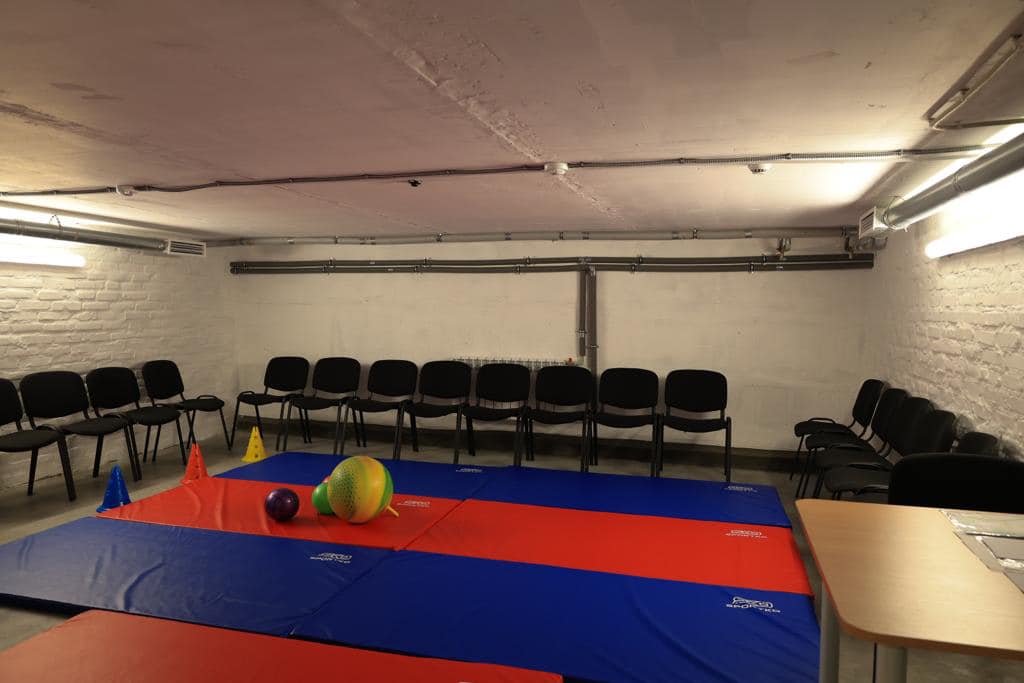
Photo: Facebook / Ruslan Kravchenko, head of the Kyiv Regional State Administration
How does it work?
According to Kravchenko, the shelter is equipped with everything necessary to comfortably accommodate students and educators. The ventilation system allows people to continuously stay there for at least 48 hours.
The building is heated using a boiler room, with radiators equipped with thermostatic valves to regulate air temperature. There is also a centralized water supply and reserves of bottled water.

Photo: Facebook / Ruslan Kravchenko, head of the Kyiv Regional State Administration
Kravchenko noted that an uninterrupted power supply was ensured with a powerful generator automatically starting in case of a power outage.
The shelter includes storage space for food and a room for medical assistance with necessary medications. One of the four entrances to the shelter is adapted for people with limited mobility.

Photo: Facebook / Ruslan Kravchenko, head of the Kyiv Regional State Administration
Kravchenko emphasized that the shelter can accommodate students and educators during educational activities in case of an air raid. At other times, it will also be available to the community residents.
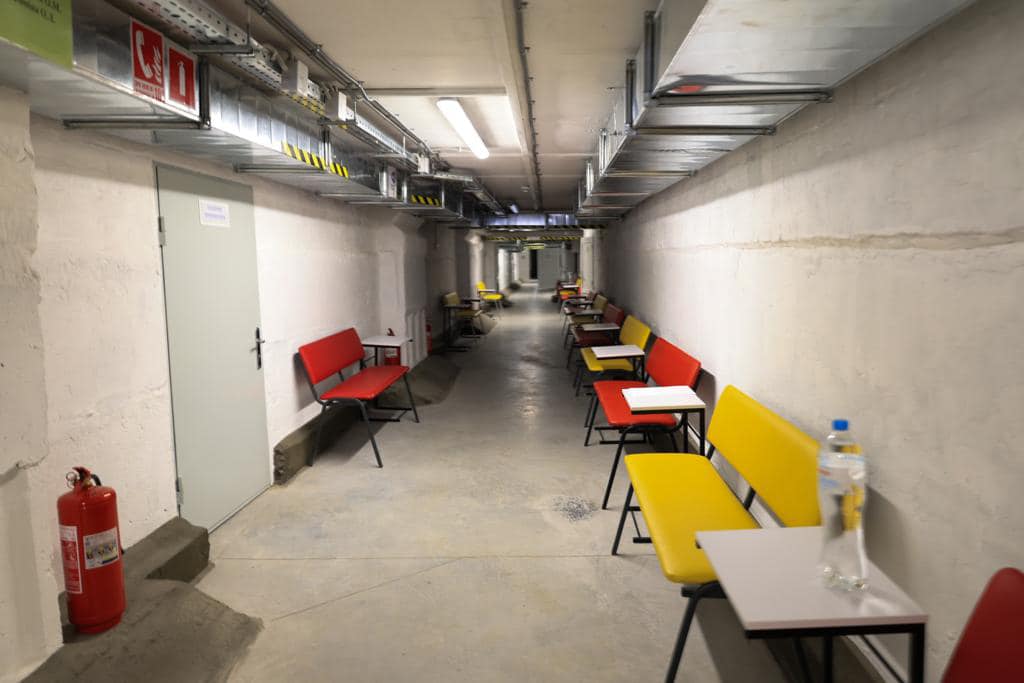
Photo: Facebook / Ruslan Kravchenko, head of the Kyiv Regional State Administration
The comprehensive repair of the shelter was realized through co-financing. Over ₴16 million was allocated, with ₴11 million as a state subsidy and ₴5 million from the community.
"Protecting children in educational institutions is our top priority," said Kravchenko.
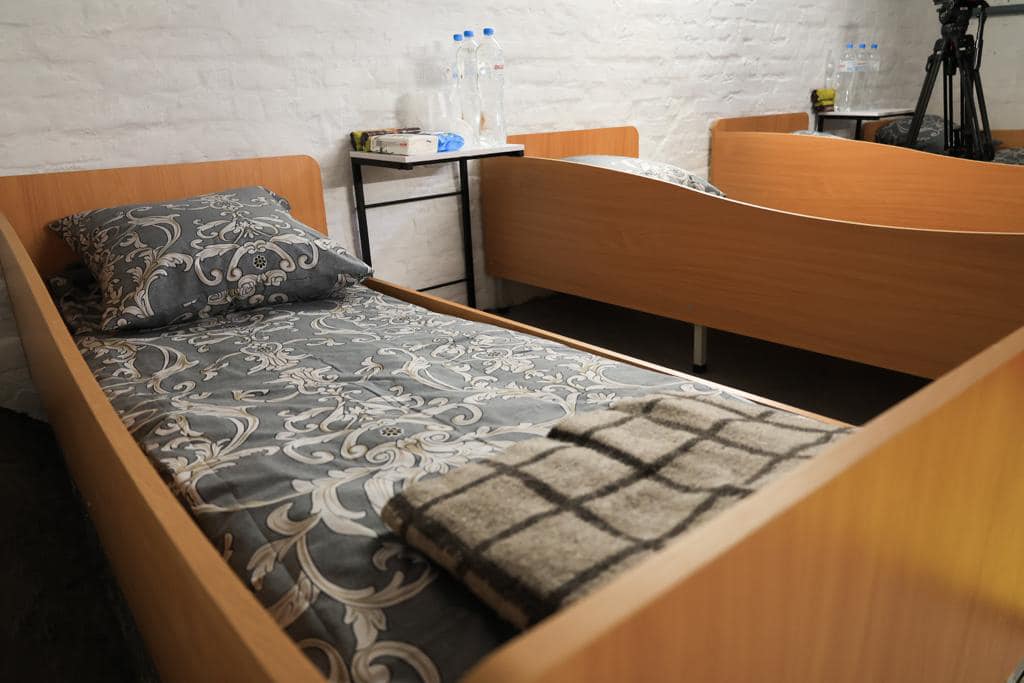
Photo: Facebook / Ruslan Kravchenko, head of the Kyiv Regional State Administration
Background
Funds from the subsidy provided by the government to the Kyiv region continue to be used to build both traditional and anti-radiation shelters. After implementing all projects, the total area of civil defense structures in communities will increase by almost 11,000 square meters. The new shelters serve a dual purpose, providing refuge during air raids and serving as spaces for clubs or sports sections during other times.
As a reminder, a shelter resembling a hobbit house was built on the premises of the Hostomel school in the Kyiv region. An underground school with protection against direct hits from the S-300 anti-aircraft missile system is being built in Korotychi, Kharkiv region.
























